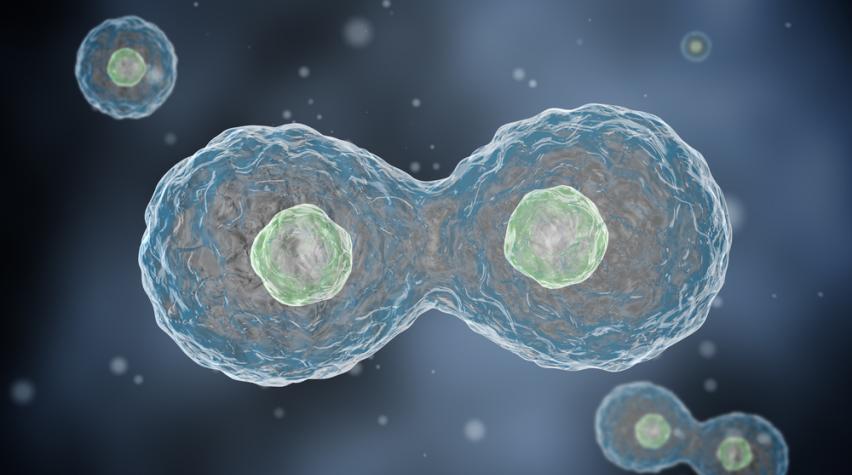



Business Inquiry
Global:
Email:marketing@medicilon.com
+1(781)535-1428(U.S.)
0044 7790 816 954 (Europe)
China:
Email: marketing@medicilon.com.cn
Tel: +86 (21) 5859-1500



Synthetic DNA motors have great potential to mimic natural protein motors in cells but the operation of synthetic DNA motors in living cells remains challenging and has not been demonstrated. Yet DNA motors built by scientists at the University of Alberta have been running smoothly inside cancer cells. Also, each of these molecular engines didn’t turn over until its specially designed ignition mechanism received the right key, in this case a cancer-associated microRNA (miRNA).

This result—a demonstration that a synthetic molecular engine may be started by a specific intracellular target—could encourage scientists to develop diverse diagnostic and drug-delivery applications.
The nanomachine was built from compartments made up of DNA enzyme molecules and substrates. According to its builders, the nanomachine has the required fuels, DNA tracks, and a molecular switch. Additional details of the nanomachine’s construction appeared March 6 in the journal Nature Communications, in an article entitled, “A MicroRNA-Initiated DNAzyme Motor Operating in Living Cells.”
“The whole motor system is constructed on a 20 nm gold nanoparticle (AuNP) decorated with hundreds of substrate strands serving as DNA tracks and dozens of DNAzyme molecules each silenced by a locking strand,” wrote the article’s authors. “Intracellular interaction of a target molecule with the motor system initiates the autonomous walking of the motor on the AuNP.”
In the current study, the nanomachine was tuned to detect a specific miRNA sequence found in breast cancer cells. When it came into contact with the targeted molecules, the DNA motor was turned on and produced fluorescence as part of a reaction. The researchers were able to monitor the fluorescence, detecting which cells were cancerous.
“We want to be able to detect cancer or disease markers in very minute amounts before the disease gets out of hand,” said Chris Le, Ph.D., Canada Research Chair and a distinguished university professor of laboratory medicine and pathology. “That way physicians can attack it very early. The trace amount of the target molecules that may be missed by other techniques can now be detected with this one.”
In addition to citing the potential for improved disease diagnosis, the researchers asserted that DNA motors could also be used for precision drug delivery in patients. Conventional targeted drug therapy delivers medicine to a selectively targeted site of action, yet it still affects a large number of molecules that are not diseased. With the DNA motor, the team says a drug payload can be delivered and then released only when triggered by disease-specific molecules.
“You still have some drug molecules going to the normal cells—you can’t avoid that,” noted Dr. Le. “Using the DNA motor, we hope to deliver the drug into the cells in an inactive form. Only when the DNA motor encounters the targeted molecules can the drug then be released to be active.”
While the team used a breast cancer marker for the study, the aim now is to expand the work to examine a wider range of other disease markers. Further testing on the nanomachines is needed to better understand the full range of capabilities for drug delivery.
“The response of the DNAzyme motor is not limited to the miR-10b miRNA [used in this study],” the authors of the Nature Communications article indicated. “Similar motor systems can be readily constructed to respond to other miRNA and messenger RNA targets. A modification to the design can be made by simply altering the target binding domain of the locking strand. Diverse DNAzyme motors can also be designed to respond to small molecules and proteins in cells.”
 Relevant
news
Relevant
news